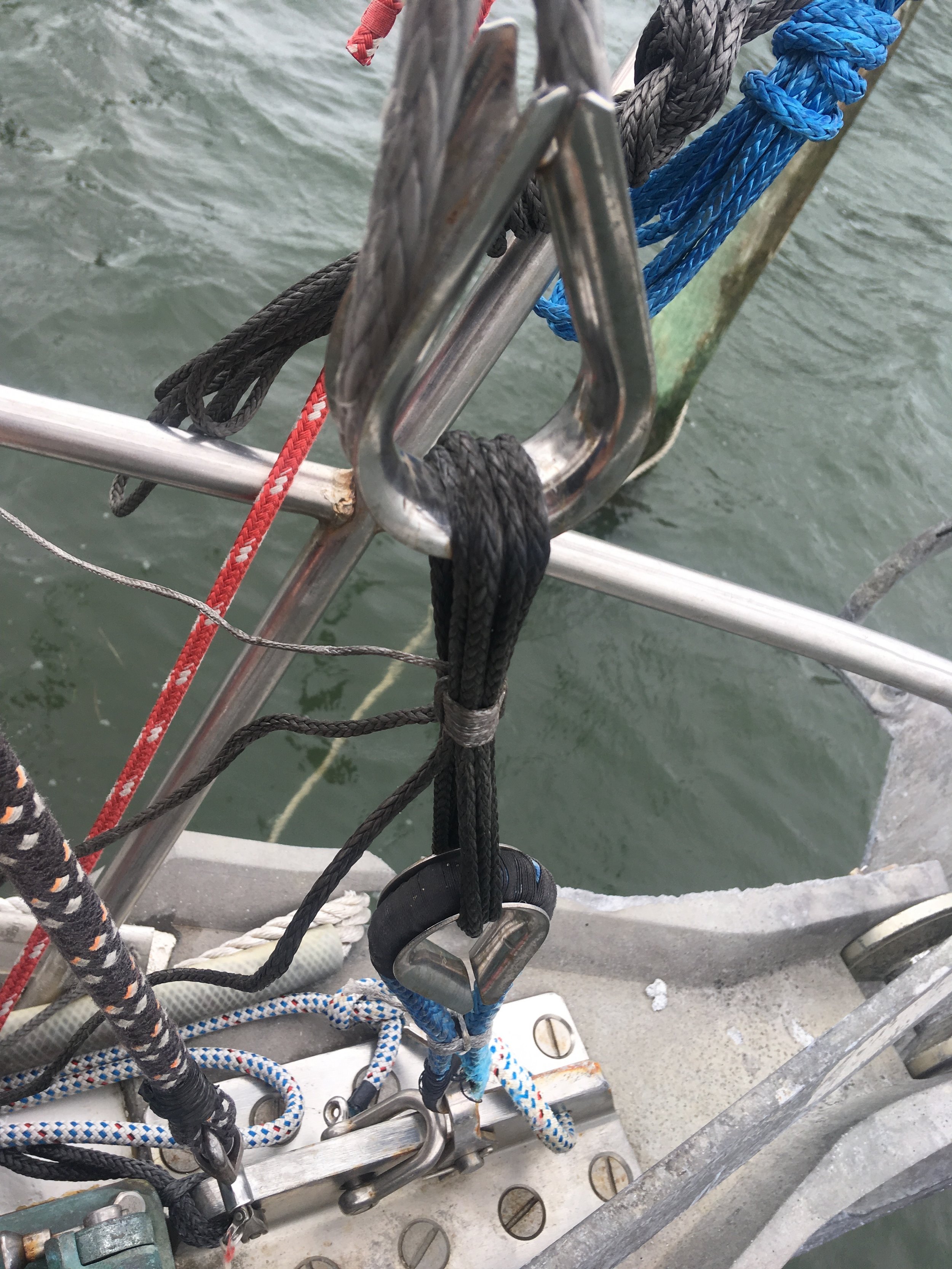Generators are compact motors that convert fossil fuels into electrical power. They can produce power in the form of Alternating Current (AC) or Direct Current (DC). They can also be wound in a way to create various voltages, allowing you to select the ideal generator for your yachts electrical needs.
Generators offer the convenience of electrical production from the easily carried and energy dense fuel source known as diesel, propane, and gasoline. At any time, the motor can be started up and a stable and reliable flow of electricity will flow from it into your yachts power system. This power can be used to recharge the batteries, power appliances, and even give you the comfort of air conditioning while away from the dock.
While these conveniences are nice, they are still just conveniences and not necessities. There is no reason to postpone your cruising departure because you don't have a generator yet. Generators should be viewed as a "nice to have" and not a "need to have."
Generators offer a lot of convenience, but this luxury does come at a price. Generators take up a considerable amount of space, energy, peace, and cost. Cheaper generators tend to be in large metal frames. These generators will only set you back a few hundred dollars, but they are loud and guzzle gas and oil as they produce their power. These generators are easy to find at almost any hardware store near a port. If you need a generator in a pinch, this option could set you up with the power you need, and not break the bank in the process.
A smaller and quieter option comes from Honda, in the form of their EU line of generators. These generators are much more fuel efficient, allowing you to power your boat for hours on end with a single gallon of diesel. They work by actually throttling the motor to meet the electrical demand placed on it. Think of the metal frame generators as a power plant with an on/off switch. When it is off, it produces no power, and when it is on, it is running at full blast producing all the power it can. You simply draw what you need from this pool of power until it runs out of fuel. The Honda EU series will throttle back, giving you much greater run time and save a lot of fuel.
We bought the Honda EU2000i and it has a 0.94 gallon fuel tank that is capable of running for more than 7 hours! The manual states that at full blast, it will run for around 3 hours and under no load around 8 hours.
As it throttles back, it not only saves fuel, but it also makes the entire process much quieter. Less umph from the motor means a more silent experience for those that are near by. The Honda EU line is considered to be the quietest on the market (which is a big factor into why we chose this model) and it is still pretty loud in our opinion. It never hurts your ears, but it is a constant low drone in the background that never seems to go away until you shut the generator down.
One more added benefit with these compact generators is they are lighter and often come in a nifty case that makes transporting easier. This makes it easy to stow it somewhere in the boat and set it up on the deck when you need to fire the unit up.
Our Honda EU2000i cost us about $1,000. This was by no means a small purchase for us and we thought about it for a long time. The turning point in our decision came when we found ourselves forced to transit the ICW on the east coast of the United States due to the present and deteriorating weather we have been having. Motoring for a long time is not possible with our electric motor, as it will drain the battery banks.
We looked at all the options and weighed out the facts of the decision. If we chose to tie up in a marina to recharge, we would spend around $90 per night to recharge the batteries. This means that in roughly 11 marina nights, we could have purchased our own generator and charged the batteries up at anchor for the price of gasoline.
While these cheaper options involve gasoline motors and low power outputs, there is an entire other level of generators to look at.
Diesel generators will produce massive amounts of power at a very efficient rate. They are also safer to operate because diesel is not explosive like gasoline is, greatly decreasing the risk of a fire or explosion on your boat.
Diesel generators also cost a significant amount more, most of them start around $5,000 and quickly climb in price from there. These generators are heavy and by no means considered portable, as they are mounted on their own engine beds in the hull. These motors will have their own cooling system and exhaust system that needs to be maintained, just like on your primary diesel motor.
The complexity of installing a diesel generator is greatly amplified as it needs its dedicated space, and this dedicated space needs to allow the operator access for maintenance that needs to be carried out on a regular basis.
Generators are by no means mandatory, but they do allow for more comforts on board if you are willing to spend a little more money.













